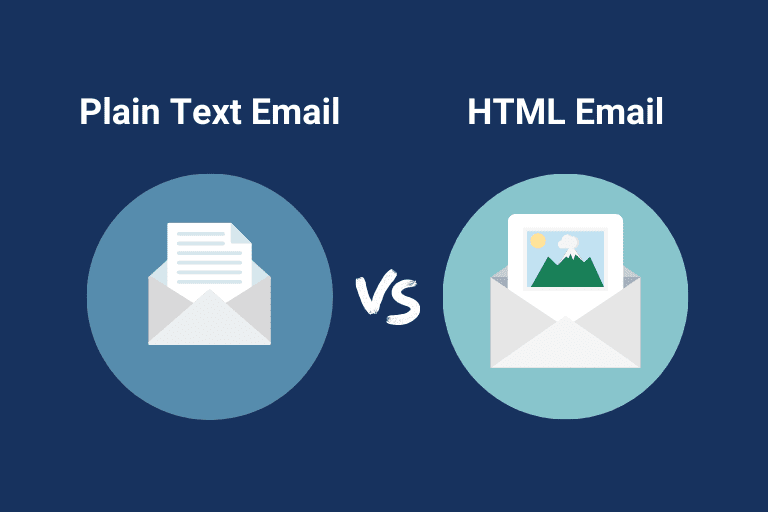Recently, some brands have been forgoing designed emails in favour of plain-text emails that look like everyday emails. This seems to track with the gradual return to more personalisation and authenticity across all kinds of marketing channels. The more ‘homemade’ a post, website, or email looks, the more it seems to resonate with customers.
Our white label digital marketing team takes a closer look at the pros and cons of plain-text versus HTML emails to help you make an informed decision.
Why plain text is making a comeback
Plain-text emails seem to reflect an authentic, one-on-one communication style. In an era of hyper-stylised and overly polished marketing, plain text emails offer a refreshing contrast to many customers.
Plus, people are inundated with marketing emails daily. The flashy colours, animated GIFs, and intricate layouts can sometimes feel overwhelming. A plain text email, with its understated design, feels more personal—almost as if a friend or colleague has sent it.
Spam filters are also often stricter with design-heavy emails. Complex code, excessive links, or large images can trigger filters and lead to poor deliverability rates. Plain text emails, devoid of such complications, are more likely to land directly in your recipient’s inbox.
With nearly 41.6% of email opens happening on mobile devices, plain text emails have a natural advantage. They adapt seamlessly to any screen size without worrying about broken layouts or unresponsive designs.
Don't just attract traffic, convert it!
Turn your website or your client’s websites into more than digital brochures. Attract and convert leads with these simple tips.
What about HTML emails?
Despite the growing appeal of plain text, HTML emails still hold some advantages over their counterparts.
A brand’s identity often relies heavily on visuals. Logos, brand colours, and imagery help reinforce brand recognition and design-heavy emails can deliver a branded experience that plain text cannot replicate.
For e-commerce brands or businesses with visually appealing products, HTML emails are a must because high-quality images, buttons, and sleek layouts make it easier to display products, promote discounts, and guide customers through the sales funnel.
HTML emails also often include tracking pixels, allowing marketers to gather detailed insights like open rates, click-through rates, and user interactions. While plain text emails also provide basic tracking, design-heavy campaigns enable a more granular understanding of recipient behaviour.
Ultimately, the choice between plain text and HTML emails depends on your audience, objectives, and brand identity. If you’re nurturing leads, focusing on building trust, or running a B2B campaign, plain text could be the best choice. On the other hand, if you’re in retail, e-commerce, or promoting a visually driven campaign, a well-designed HTML email might be more effective.
The key is to A/B test both formats, which can reveal which style resonates best with your or your clients’ audiences.
Whether you choose plain text mailers or pretty HTML mails, our white label digital marketing team can help you draft mailer copy, design the mailer, and deploy it. We’ve helped thousands of agencies just like yours deliver top-notch mailers to clients.



